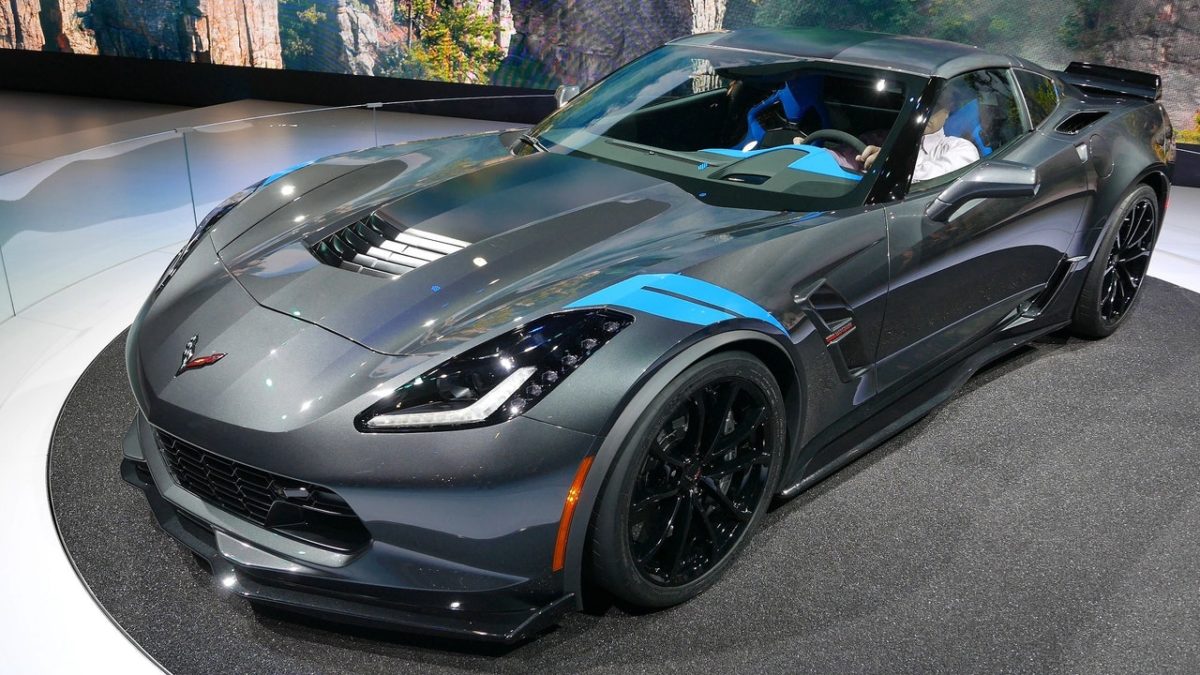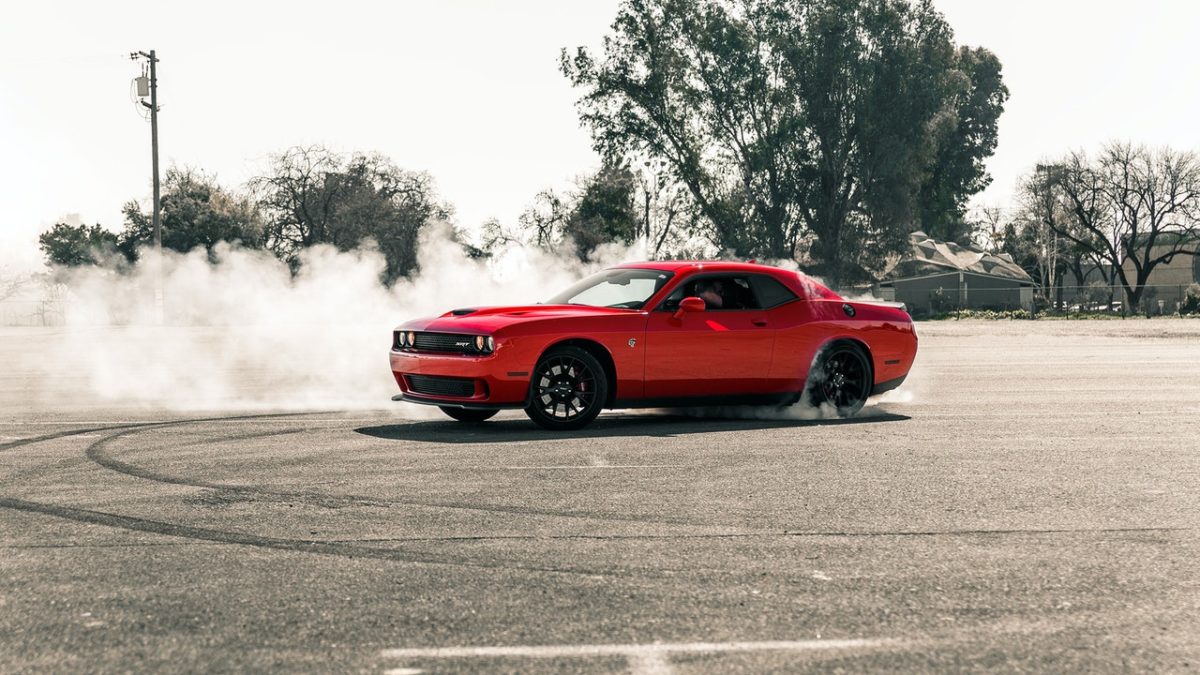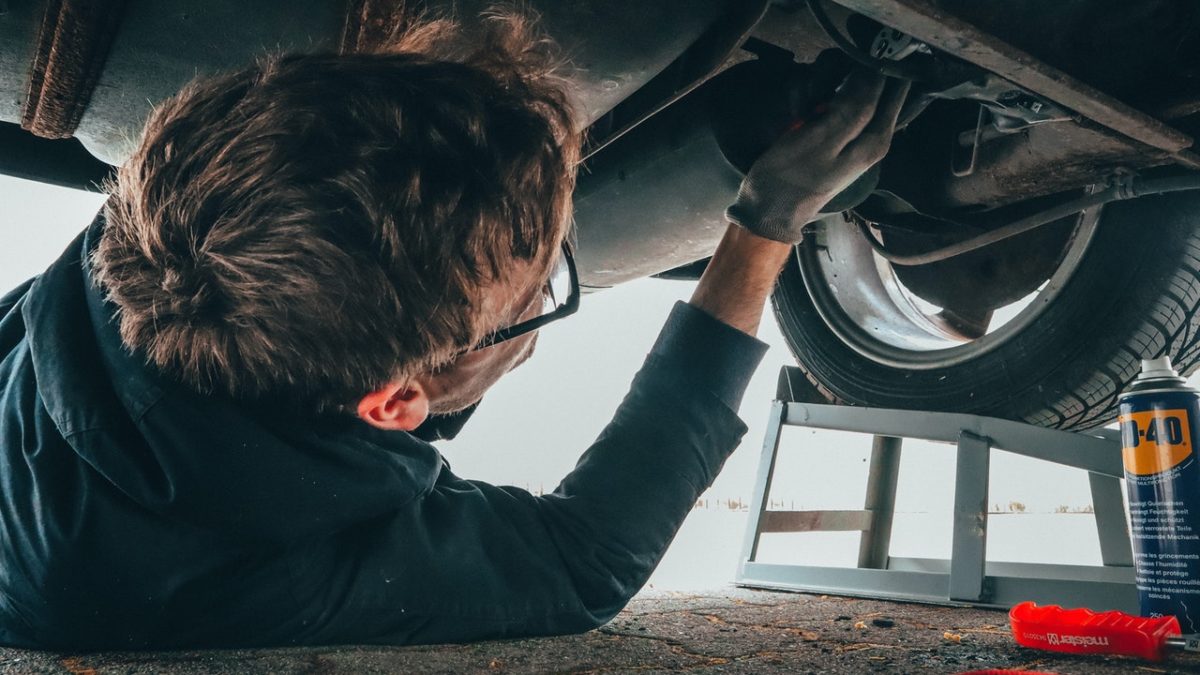
Consequently, among the most effective methods to bring some visual pop into your musclecar or recovery job is by laying down a pair of stripes. Since jumping into this kind of job is really a recipe for disaster, appropriate dimensions and application procedure will make certain your stripes seem proportioned and right. We have seen it time and time again if folks attempt to paint their particular stripes simply to mess up their size, design, and design. Luckily, with a few straightforward practices and the ideal materials, you are able to paint directly, professional-looking stripes on your own.
We had to chance to design a personalized stripe bundle for a 1987 full size Chevy truck using a cowl-induction hood. The truck has been taken with Honda Laguna blue (code B-545P) and we shifted the colour slightly to match our client’s taste. To add a wonderful bit of comparison, we picked GM Ermine White to your stripes. Since we did not wish to darken the total paint scheme using a darker-colored stripe, the white stripe complemented the vivid blue paint flawlessly. White and black are the most frequent color options for stripes, and will work well based on personal taste.
We started off by spraying the whole hood together with all the basecoat blue. There’s not any need to attempt and maintain the paint thin beneath the stripes, because the quantity of stuff you’ll save by doing this will probably be minimal. Likewise, employing even coats will provide you a fantastic base for your next colour. Prior to any masking can start, the basecoat blue has to dry thoroughly. Most foundation coats possess a 24-hour window until you have to res-cuff the top coating, so the safest bet is allowing your basecoat dry immediately. With a few thick metallics and pearls, a coating of clear basecoat may be put on the initial foundation. This will lock the rings and metallic, and stop the tape from dragging and pulling them.
There are just four essential materials to possess if placing out stripes:
1) A fantastic seamstress tape measure. This tape is elastic and moisturizes the body curves and lines.
We utilized part number 06405 to your 1/4-inch tracer across the edge of the stripe design.
We urge Scotch Green Performance, component number 26338. This is really for the broader area at the middle of the hood in which concealing paper is too bulky to use.
This will be utilized for masking and measuring around curves.
Not only would you wish to locate the centre on front and rear of the hood, but you’ll also wish to discover the centre in at least two additional regions toward the center. Mark these spots with all the 3/4-inch cassette using a pen or pencil to stabilize the centre.
Next, you may wish to get to the place of the inner border of your stripe. This dimension may be personal taste, but on certain vehicles with initial stripes, consult with your meeting guide for stripe widths and dimensions. I suggest playing around with the interior edge placement, and locating a stage that provides you the appearance you want by putting a few 3/4-inch tape in the point you would like your stripe to start. As soon as you’ve discovered this place, have a measurement in the back center marking.
Mark the interior stripe using all the 1/4-inch additional dimension utilizing a little bit of 3/4-inch masking tape along with a straight-edge. Beginning at the back of the hood, then gently place the fine line tape set up. Utilizing your eyes as a direct, lay down the tape by holding the roster. Lay the tape at a smooth movement, seeing for any waves, curves or wrinkles. Ensure that you run the tape beyond the point of where you need your stripe to finish.
Do not push down the tape by running your palms, since this can cause the tape to need to move and change. This bit is going to be the manual for your interior stripe. As soon as you’ve laid the manual piece set up, pull the marked bit of 3/4-inch cassette. Today you can run another bit of fine line tape on every edge of the initial one, making sure to not overlap or create openings between them. After both bits are put in place, remove the middle tape. Now you have the difference set up to your tracer stripe.
For the exterior border of the stripe, the very same techniques apply, however you are going to want to utilize an outer body lineup or accent line as the guide. Measure off the entire body line along with the other side of the hood. Based upon your car’s body lines, it may be required to include 1/4 inch when placing your manual stripe. Now put pieces on each side and take out the middle tape.
The radius around the front part of the strip is an issue of personal taste. As you put the stripe round the radius, then gradually curve the tape whilst sticking to the panel at a smooth movement. The tape may be dragged up and re-done if required to accomplish the right curve, but that can only be done a few times until you need to start over. The front border of the stripe must operate directly with the front edge of the hood, and then partner up with the interior stripe. The tape outlines must come together and overlap. Use a razor blade and also really light hand pressure to trim the extra tape over the tracer stripe. Use your fingernails to push on the overlap collectively so as to maintain the tape sealed tight.
Now, you may observe the form and dimensions of your stripes. All that’s left to do is mask the areas which will stay exactly the exact same colour, in our situation gloomy. Utilize the broader 1.5-inch tape to conceal between the stripes, and also use smaller bits of 3/4-inch tape round the corners. Then put your paper over the remainder, ensuring there aren’t any holes or stitches the overspray can reach.
If a lot of coats are applied, the paint buildup won’t permit you to sand and buff the clearcoat horizontal, creating a clearly raised section across the outside of this stripe. After spraying the colour of the stripes and allowing the new shade flash dry, eliminate the hidden area and employ a few clearcoat. Make sure you attempt and apply an excess coating of clear, since this allows for the stripes to be sanded and buffed flat.
In the end, the final look of your stripes rely their on scale and sizing in regard to the hood or deck lid. Finding the proportions right will stop them from overwhelming the expression of your vehicle. The tracer appearance is quite elegant, but all the very same processes apply to stripes which don’t include a tracer too. The secret is to go at your own pace and also to step back from time to time to judge your own progress. Obtaining your stripes directly as well as is all.







